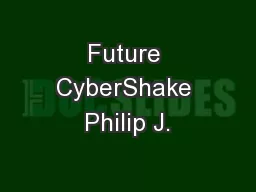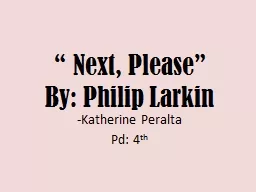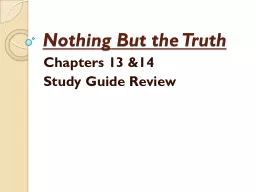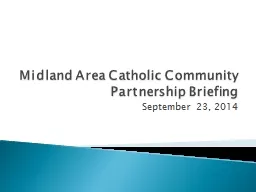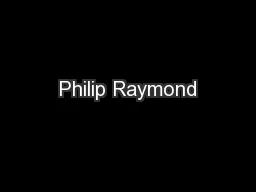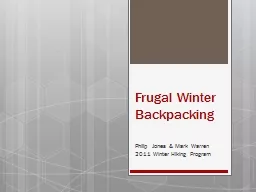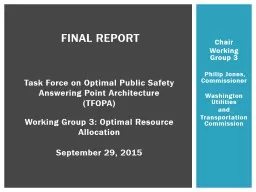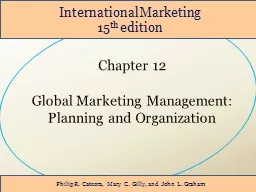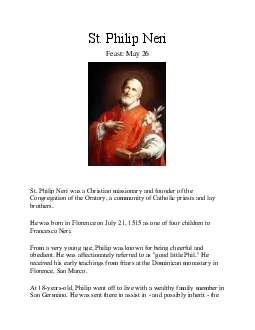PPT-Future CyberShake Philip J.
Author : briana-ranney | Published Date : 2018-03-16
Maechling SCEC September 13 2015 Using Scientific Computing to Improve Probabilistic Seismic Hazard Analysis PSHA Types of Intensity Measure Relationships CyberShake
Presentation Embed Code
Download Presentation
Download Presentation The PPT/PDF document "Future CyberShake Philip J." is the property of its rightful owner. Permission is granted to download and print the materials on this website for personal, non-commercial use only, and to display it on your personal computer provided you do not modify the materials and that you retain all copyright notices contained in the materials. By downloading content from our website, you accept the terms of this agreement.
Future CyberShake Philip J.: Transcript
Download Rules Of Document
"Future CyberShake Philip J."The content belongs to its owner. You may download and print it for personal use, without modification, and keep all copyright notices. By downloading, you agree to these terms.
Related Documents

